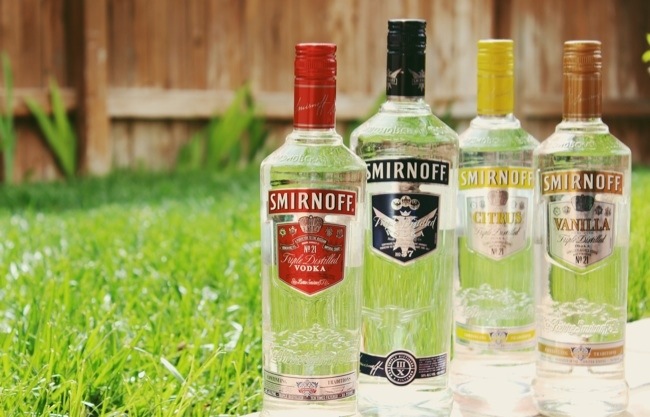
Walk the Line is a series we do at Simple Cocktails where we take all the various bottlings from one brand, then differentiate them all. Today we explore a small brand with a huge name in the whiskey space. Actually I need to correct that to whisky as the Samuels family has tapped their Scottish heritage to name Maker’s without the traditional American “e” on the bottle, setting them part even more in the bourbon space.
Starting production in 1954, Maker’s is a relatively “new” brand of bourbon. It’s currently owned by Beam-Suntory and packaged in distinctive, trademarked),dripping-red-wax bottles. Here’s the line that’s available from Marker’s now:
Maker’s Mark ($30). The core brand of the line, Maker’s contains a higher amount of wheat in its ingredients, which makes for a sweeter, smooth sipping whiskey. It’s sold at 45% ABV.
Maker’s Mark Cask Strength ($50). Using a bottle with a similar shape as the core whisky, Cask Strength is exactly what it sounds like: Maker’s at the strength it comes out of the barrel. Introduced in 2014, it’s similarly sweet, though a tad spicier than the core Maker’s. This one packs a punch at 56.6% ABV.
Maker’s 46 ($30). 46 starts as Maker’s, but is put through a special aging process in which additional charred wood staves are inserted into its casks as it ages. This produces a bourbon that’s spicer than Maker’s. It’s different enough that Fred Minnick, in his book “Bourbon Curious,” separates it from the “caramel-forward” Maker’s Mark and Cask Strength and moves Maker’s 46 into his “cinnamon-forward” bourbon category. Maker’s 46 was introduced in 2010.










